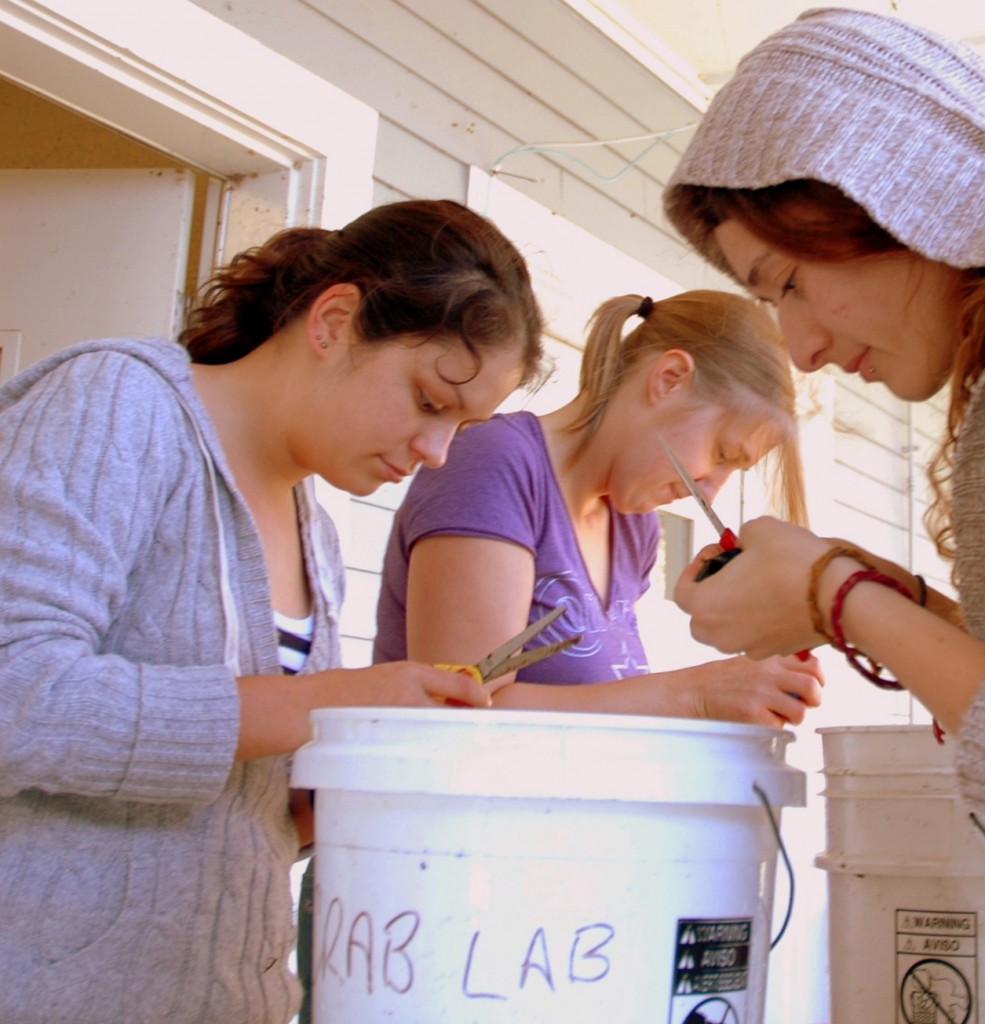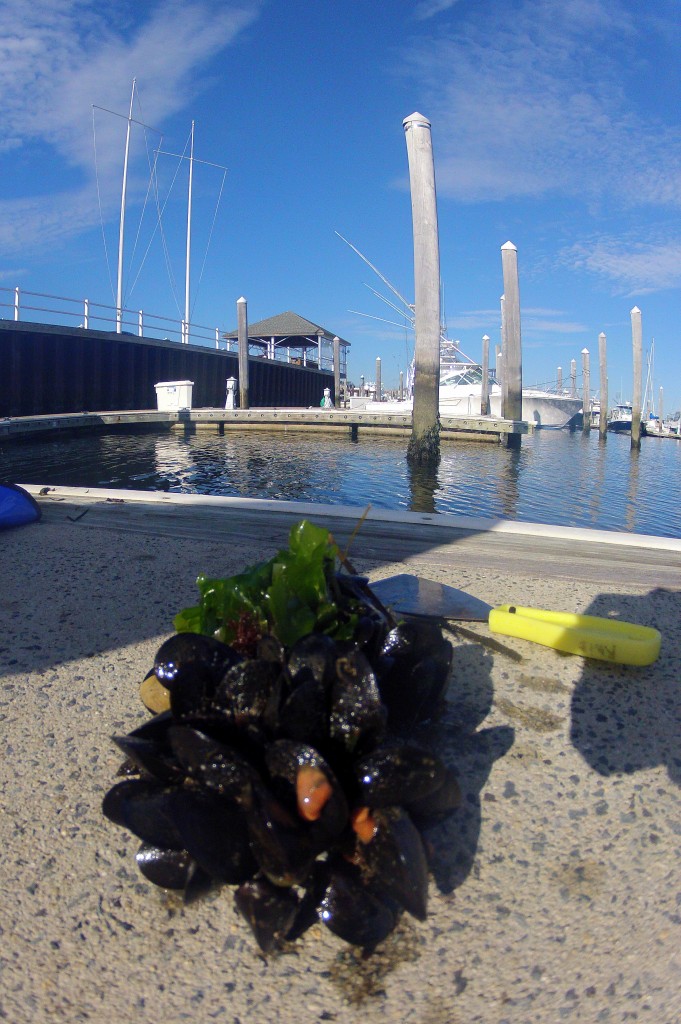by Amanda Guthrie, Marine Invasions Lab Intern
Imagine after settling down on a place to stay, your home picks up speed and moves without any forewarning, bringing you along with it to a new place. You get off to explore. It seems livable and similar to home, but a few adjustments will be necessary.
This story would be possible — if you were a mussel, a barnacle, or a myriad of other intertidal organisms. Once there, these new arrivals are sometimes able to escape their predators at home and thrive—often at the expense of native species, or the ecosystem as a whole.
Such is the dilemma of Mytilus galloprovincialis, a mussel from the Mediterranean. Mytilus galloprovincialis is native to southern Europe but has branched out to numerous non-native regions around the globe. It is the most prevalent non-native marine species in South Africa. There, it not only competitively displaced native species but also catalyzed the decline of swimming crabs and the increase of whelks.
On the other hand, its sister mussel Mytilus edulis seems to be very content with its current homes along both coasts of the Atlantic Ocean. It is native in northern/central Europe and on the east coast of the U.S. Both M. edulis and M. galloprovincialis occupy Europe and are believed to be separated mostly by temperature – M. edulis appears to have a better winter coat than M. galloprovincialis.
Strangely, M. edulis does not have many, if any, known successful invasions, whereas M. galloprovincialis has spread to at least five new regions. Is this because there are no suitable homes for M. edulis elsewhere, or are other factors involved?

Amanda Guthrie (left) cleans mussels from Point Judith Marina with the research team before a simulated ocean voyage experiment in lab.
(Kim Holzer)
The inability of M. edulis to invade might come down not to suitability, but opportunity. M. galloprovincialis has likely had more chances to successfully cross oceans due to its preference for more temperate water temperatures. M. edulis would need routes that travel through colder waters to survive the journey. Until recently, routes through the frigid Arctic passages were closed due to ice.
But with Arctic ice melting, all that could change. New shipping routes are opening up, one through the Northwest Passage above Canada and one in the Northeast Passage above Russia. These new cold-water routes could finally give M. edulis the chance to become a successful invader. If a ship leaves from a port with M. edulis and travels through either Arctic Passage to go to another cold port, M. edulis would likely survive the route and could invade the new region.
With forethought and planning, though, we could prevent a problem before it even happens. Now, let’s get working!


